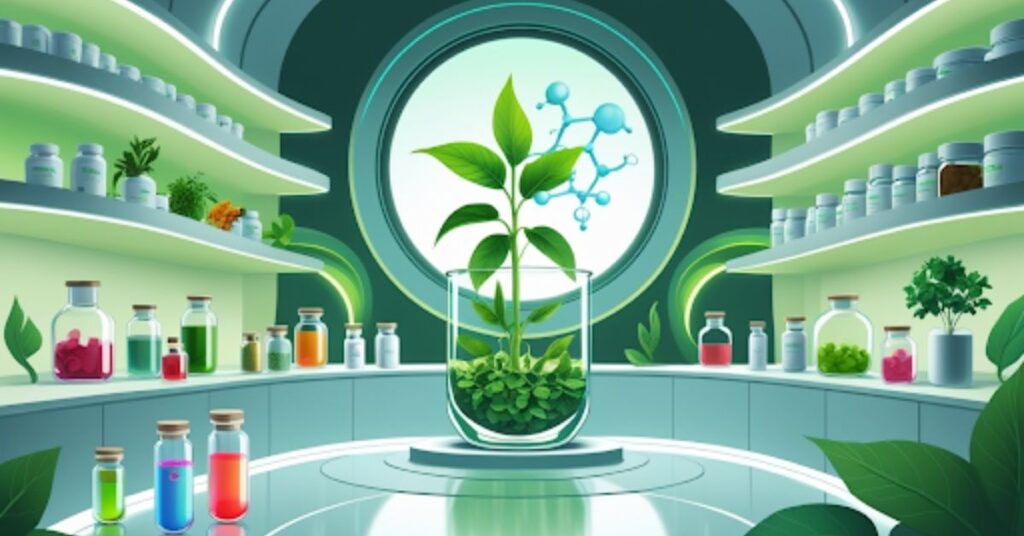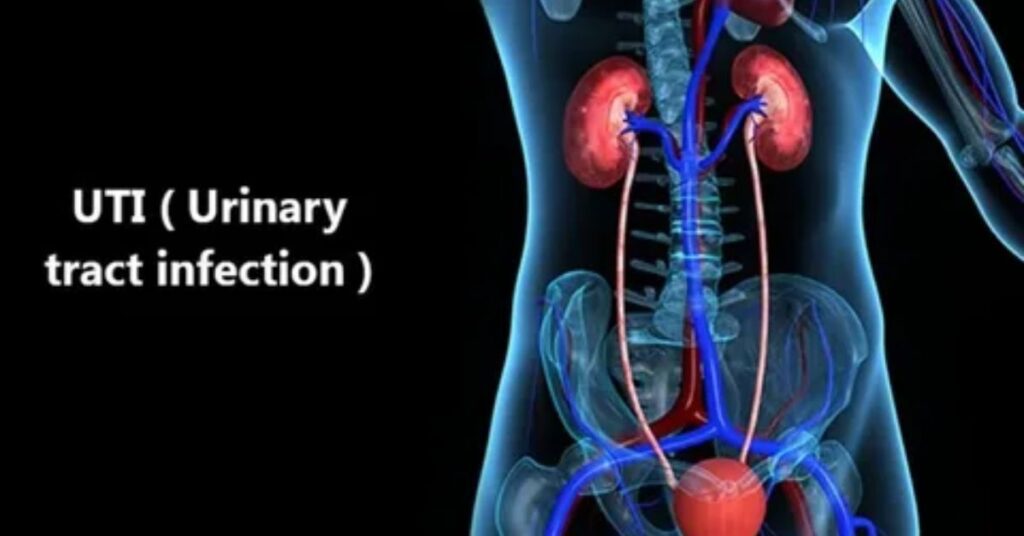Here’s the brutal truth about modern medicine: Life-saving biologics cost a fortune. A single treatment can run thousands of dollars monthly. Cancer patients, arthritis fighters, autoimmune warriors—they’re stuck choosing between staying alive or going broke.
But here’s the game-changer roaring through pharma labs across the globe: biosimilars. And believe me, they’re not just another option. They’re the revolution that’s about to flip the entire system on its head.
What Exactly Are Biosimilars?
Think of biosimilars like the “generics” of the biologic drug world—but let’s get one thing straight: that’s the kindergarten version of the story.
Generics? They’re clean-cut chemical clones. Simple. Predictable. Biosimilars? Whole different animal.
Biosimilars are quite complex molecules, built inside living organisms such as bacteria, yeast, even mammalian cells. Biosimilars are not manufactured, they are nurtured.
And the FDA? They don’t mess around. Their definition is razor sharp: “Highly similar to, with no clinically meaningful differences from, an FDA-approved reference product.”
This isn’t copy-paste pharma. This is precision biotech, scaled for impact.
Translation? Same life-saving power. Potentially lower cost. Rigorously tested safety profile.
The FDA’s Fortress: Approval Standards That Would Make Navy SEALs Sweat
The FDA doesn’t mess around with biosimilar approval. The process makes Navy SEAL training look like summer camp.
Every biosimilar must prove three critical benchmarks:
- Structural Similarity Analysis Scientists compare molecular structure atom by atom. They examine:
- Purity levels
- Molecular weight
- Protein folding patterns
- Bioactivity markers
- Clinical Equivalence Studies: You don’t just slap a label on a biosimilar and call it a day. These things earn their stripes through battle-tested human trials—real science, real results.
- We’re talking:
• Pharmacokinetics – How your body handles the drug, from entry to exit.
• Pharmacodynamics – What the drug actually does once it’s inside you.
• Immunogenicity – Does your immune system play nice or throw a fit?
• Extra Clinical Trials – When regulators want more proof, biosimilars deliver it.
- Manufacturing Excellence Every biosimilar facility must meet FDA licensing requirements. Post-market surveillance continues indefinitely.
The result? Biosimilars undergo more rigorous testing than most original biologics did decades ago.
Biosimilars Helps in Cost Reduction
Here’s where things get interesting for patients and healthcare systems.
The Association for Accessible Medicines reports staggering savings:
| Year/Period | Savings Amount | Impact |
| 2020 only | $7.9 billion | Single-year cost reduction |
| Past 10 Years | $12.6 billion | Cumulative healthcare savings |
| Reference Products | Price reductions | Competition drives costs down |
| Patient Access | Expanded availability | More treatments within budget |
Streamlined Development Process Biosimilars don’t need to prove basic safety and effectiveness from scratch savings. They demonstrate equivalence to already-approved drugs. This cuts development costs by millions.
Market Competition: Competition isn’t just healthy—it’s a scalpel to bloated drug prices.
The moment a biosimilar hits the market, the original brand-name biologic starts sweating. Prices drop. Fast.
Large Access: Lower costs don’t just save money—they save lives. More patients get the treatments they need. Hospitals and healthcare systems stretch budgets further. It’s not just business it’s a breakthrough in affordability and access.
Creation of Biosimilars
Here’s the behind-the-scenes breakdown:
Step 1: Genetic Engineering
- Scientists use human genes and load them into living cells—bacteria, yeast, or mammalian.
- These cells don’t just sit there. They become full-blown drug-making machines.
Step 2: Cell Culture Mastery – Keep It Tight
- Those engineered cells are grown in precision-controlled bioreactors.
- Every variable, temperature, pH, oxygen, nutrients—is dialed in with laser focus. One slip, it’s game over.
Step 3: Protein Harvesting – Liquid Gold
- Once the cells crank out the therapeutic proteins, scientists swoop in.
- They isolate and purify the product using advanced tech that filters out everything but the good stuff.
Step 4: Quality Control – No Room for Error
- Every single batch is put under a microscope—literally.
- Structure, purity, potency, safety—it all has to hit target. No excuses.
Step 5: Final Formulation – Lock It In
- The pure protein gets prepped into stable, injectable formulations.
- Ready for action. Built to perform.
This isn’t manufacturing. It’s biotech artistry with a zero-failure mindset.
How Biosimilars are Approved?
The Biologics Price Competition and Innovation Act wasn’t just another line of legislation—it was a green light for disruption. This single act kicked open the doors for biosimilars in the U.S. market with one goal:
Give patients more choices, more access, and force prices down through serious competition. Here’s what it set in motion:
- More Treatment Options
- Broader Patient Access
- Real Pressure on Pricing
Now let’s break down the FDA’s approval gauntlet—because biosimilars don’t get in easy.
Preclinical Development: In the lab, biosimilars are dissected down to their atoms. Scientists compare structure, biological activity, and consistency across batches. If it doesn’t match the reference biologic? It’s dead on arrival.
Clinical Trials: Human trials are run, but here’s the twist. It’s not about proving safety from scratch—it’s about proving you’re just as safe and effective as the original. Fewer patients. Faster timelines. Same ruthless standards.
Regulatory Review: FDA scientists don’t just skim through data—they go full forensic. They examine the manufacturing, the trial data, even the labels. If there’s a flaw, they’ll find it.
Post-Market Surveillance: Even after approval, biosimilars are under the microscope. Adverse events? Logged. Analyzed. Action taken. Because in this game, long-term trust is everything.
Future of Biosimilars
Biosimilars market is growing at a rapid pace. Here’s why:
Patent Expirations: Blockbuster biologics are losing patent protection left and right. Every expiration? A golden ticket for biosimilar challengers to enter the arena.
Tech Breakthroughs: Manufacturing is getting leaner and analytical tools are sharper. It’s never been easier, or more cost-effective—to prove biosimilarity with surgical precision.
Regulatory Evolution: The FDA is tightening its playbook, offering clearer guidance and faster pathways. The message? If you can prove you’re legit, we’ll get you to market.
Global Expansion: International markets are waking up and countries are aligning their regulatory standards, opening global doors for biosimilars to scale without borders.
The biosimilar wave isn’t coming. It’s already crashing through, and the smart players are riding it all the way to the bank.
Conclusion
Biosimilars aren’t about discounts. They’re about access. They’re giving people a shot at treatments they never thought they could afford—and that changes everything.
Cancer patients locked out of cutting-edge immunotherapies now have real options.
Arthritis sufferers no longer have to pick between joint relief and rent.
Autoimmune fighters? They can finally battle their conditions without financial ruin.
Chemxpert Database specializing in pharmaceutical consulting services that help companies successfully develop, test, and bring biologics and biosimilars to market.
This isn’t wishful thinking. The science checks out. The oversight is tight. The economics? Undeniable.
The value proposition is too strong to ignore:
- Same therapeutic outcome as biologics
- Lower cost for patients and payers
- Wider access across healthcare systems
Hospitals stretch budgets further. Physicians prescribe confidently. Patients live better.
And this movement isn’t slowing down. It’s accelerating rapidly.



